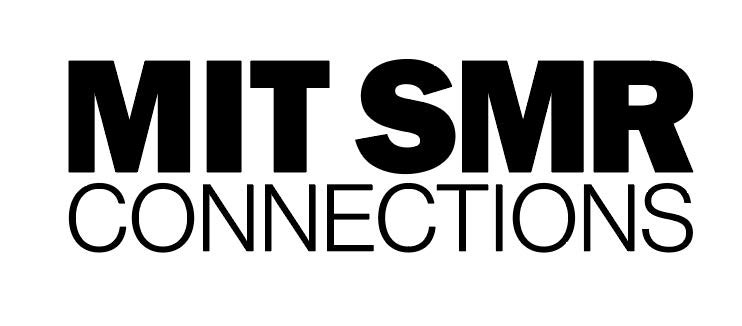Technology that was once disruptive has now become part of our everyday lives. It’s so pervasive that mundane tasks such as ordering a ride service or food are now done on-demand via an app without a second thought. Even finding workers such as freelancers, handymen and pet care can be done using tools such as Upwork, TaskRabbit and Rover.
On the other end of that technology is a new type of worker; an independent contractor who performs short-term work and is paid by the project (ride, delivery, project, etc.) or “gig.” This combination of consumer, technology and independent worker comprises the “gig economy.”
This gig economy is rapidly evolving and not only changing how we research and acquire services, but it’s also changing the face of the physical workplace and worker expectations. Digital platforms are enabling the freelance marketplace and transforming not just where we work, but how we work. In fact, 36% of U.S. workers are now involved in the gig economy, working as contractors or freelancers.1
The changing workforce and the gig economy
This future of work transformation is driven not only by technology that has changed how we work, the timing for this explosion of platforms and apps that are empowering the gig economy is fueled by a workforce that is rapidly evolving and becoming increasingly mobile and tech savvy.
The current workforce is multi-generational, consisting of Baby Boomers, Gen-Xers, Millennials, and Gen Z individuals. All of them have different motivations, values and workstyles. At a time when baby boomers are staying in the workforce longer, millennials will make up 75% of the workforce by 2025.2
The challenge for companies is how to keep the diverse workforce engaged and empowered to succeed. The tech innate younger generations entering the workforce want flexibility in schedule and location as well as autonomy and better work-life balance. For example, 75% of millennials want the ability to work flexibly and still be on track for a promotion,2 while Gen Z prefers to connect and collaborate remotely and online.
The nature of work and the gig economy
The changing workforce isn’t the only fuel behind the gig economy; the nature of work is changing.
To stay competitive companies today need to move fast and stay flexible. They need to be able to quickly scale their workplace up or down as needed, to reduce costs and increase their supply of talent, whether it’s onsite or remote.
To do this companies are adopting the gig mentality by connecting their projects to talent through a digital marketplace; websites or mobile applications to work on demand. This allows employers to increase their flexible workforce, reduce costs and maintain a talent supply engaged remotely. It also allows workers the flexibility they want in work schedule and location, leading them to gravitate towards this nontraditional employment.
The first steps into the gig economy
Thanks to new technologies, the internet and the future of work mindset, new opportunities are opening for individuals and companies to participate in the gig economy.
If you’re looking to become an independent worker, you’ll need to find the right platform(s) for your skills. Some platforms are more competitive than others, making the right projects and clients hard to find. Promoting yourself and networking via social channels will also be important, as will becoming proficient with video chat platforms. Being on an app isn’t enough, researching platforms, communication, and making connections will be key to your success.
For businesses looking to take advantage of the benefits of the gig economy, you’ll need to make sure your organization is ready for the future of work. Has your current talent been optimized for agility; have you adapted a culture based on flexibility and innovation?
Once your organization is ready, you’ll not only need the right tools to find talent, but also for collaboration. Gig workers will still need to be integrated with teams and to develop a good relationship and you’ll need seamless communication via video calls, instant messaging and online meetings.
The gig economy and the future of work
The synergy of the evolving workforce, technology and nature of work has created an environment for the gig economy to grow. Companies are realizing the strategic and financial benefits, while today’s workers have options beyond the conventional workplace. Nine to five isn’t normal anymore. The workforce today is a portfolio of full-time employees, contract and freelance talent. Fueled by evolving technology, increasing connectivity, and nonrigid attitudes, the gig economy is growing, sparking new trends in workplace design and collaboration workflows, and becoming the future of work.
1. Gallup, “What Workplace Leaders Can Learn From the Real Gig Economy,” August 2018. https://www.gallup.com/workplace/240929/workplace-leaders-learnreal-gig-economy.aspx
2. EY — Building a better working world, “The future of work is changing. Will your workforce be ready?” 2017. https://www.ey.com/Publication/vwLUAssets/The_future_of_work_is_changing/$FILE/ey-the-future-of-work-is-changing-will-your-workforce-be-ready.pdf





